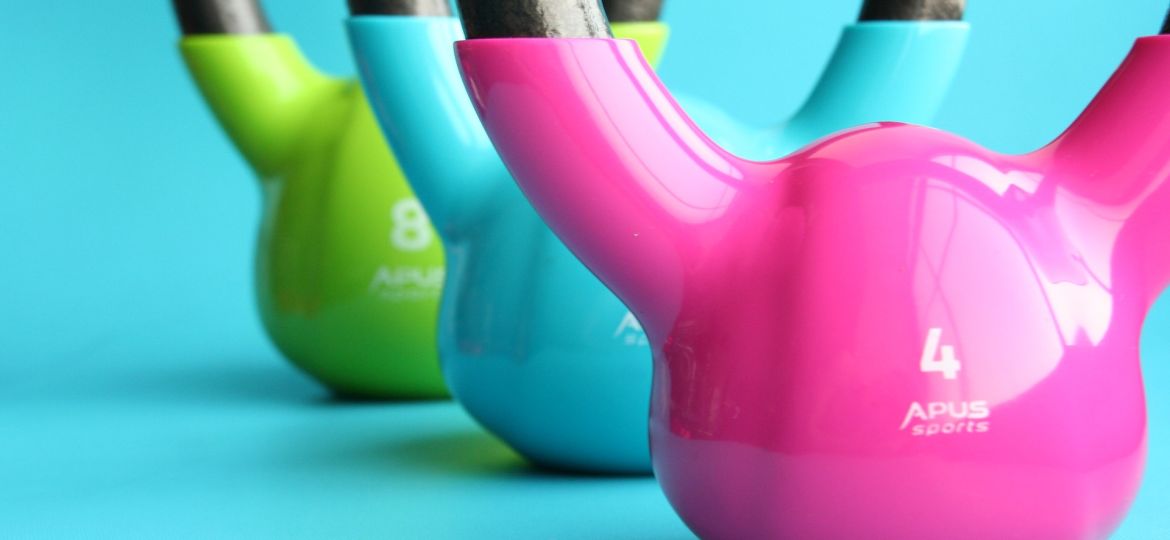
This strength exercise is done in a gym and is effective for the entire back. The muscles that control the shoulder blade get extra attention, and the broad back muscle (latissimus dorsi), posterior deltoid muscles and biceps do the heaviest work. The leg, buttock and lower back muscles are engaged to provide a stable base for the sitting position. Use this exercise if you want to pay extra attention to your posture during the workout – the muscles around the shoulder blade are very weak and not being used enough. This exercise requires a seated row machine or a low cable pulley. Both beginners and advanced can do her.
How
Most devices have a handle in which the hands sit close together. Grab it with the palms facing each other. Place the feet on the supports and bend the knees about 30 degrees. Start with arms extended and pull the handles toward your ribs while squeezing your shoulder blades together; the elbows go along your sides. Slowly return the weight to the starting position.
Do it well
Stay upright throughout the movement.
Warning
Do not lean forward and back, which puts unnecessary pressure on the lower back.
Variations
Light
Use a device with a chest support, on which you can do the exercise without straining the lower back or the legs. Switch to the standard device as soon as you have fully mastered this light variant.
Heavy
Using a long bar, place hands (palms down) slightly more than shoulder-width apart. This prevents pressure on the broad back muscle and trains the posterior deltoid and rhomboid muscles. Pull the bar toward your chest while squeezing your shoulder blades together; keep elbows level with bar.
Active muscles
- Rhomboideus major en minor
- Trapezius
- Latissimus dorsi
- Biceps brachii
- Brachialis
- Brachioradialis
- Teres major
- Teres minor
- Infraspinatus
- Achterste deltoideus

